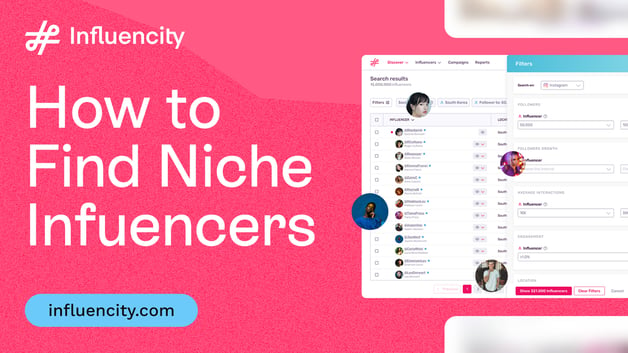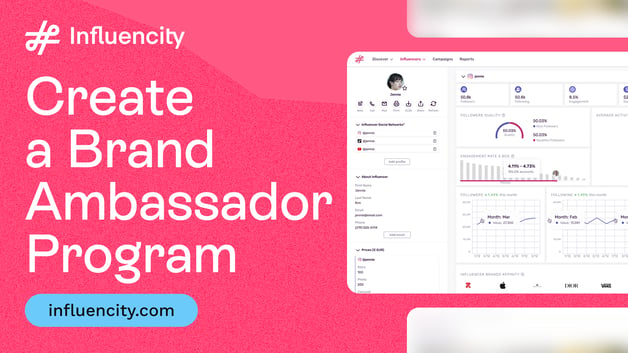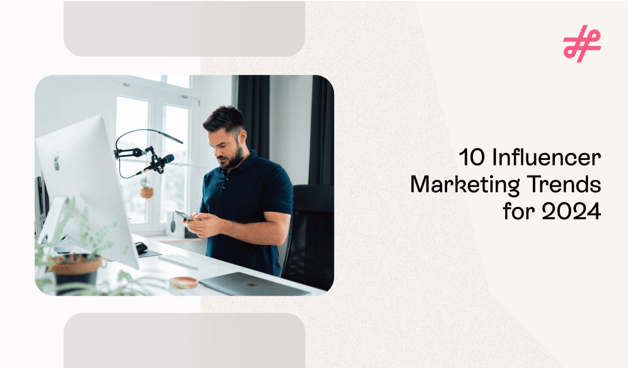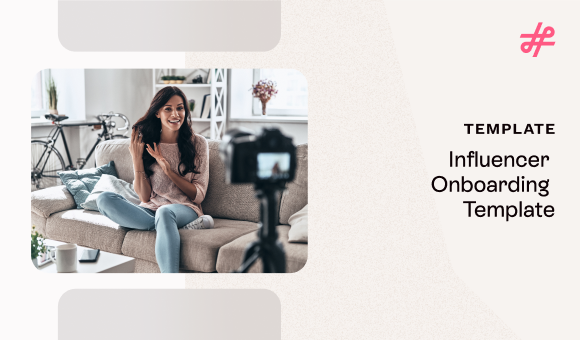Influencer Marketing
Dos and Don'ts of Influencer Collaboration Across Platforms
Influencer Marketing
After several years in influencer marketing, I’ve seen the good, the bad, and the painfully off-brand. If you’ve ever watched a cringey TikTok or a hyper-polished Instagram post that totally missed the mark, you already know: what works on one platform can flop on another.
That’s why I created this all-in-one, no-fluff guide to the Do’s and Don’ts of Influencer Collaborations Across Platforms, from TikTok and Instagram to YouTube, Twitch, Snapchat, and beyond.
In this piece, I break down:
- The platform-specific behaviors you need to respect
- Why scripting kills engagement (yes, even for premium brands)
- The small changes that turn a “meh” collab into a performance-driven partnership
Want proof that getting it right pays off? When Fenty Beauty launched their product try-on campaign with micro TikTok creators, they saw a 35% higher engagement rate compared to their previous Instagram-first push, just by letting creators stay native to the platform and keep it casual.
TikTok Collabs Drive Conversions, Not Just Clout
TikTok is a performance engine when used right. A well-executed TikTok collab can move the needle across the entire funnel: from mass awareness to direct sales. Just look at the numbers. #TikTokMadeMeBuyIt has over 80B views and counting, proving the platform’s power to spark product discovery and instant conversion.
@jordantheodore PSA: Clean your toothbrush!!! 😳#teethcare #oralhealth #toothbrush #bitvae #tiktokmademebuyit #tiktokshopfinds #gadgets @Bitvae Oral Care ♬ original sound - Jordan Theodore
Case in point: CeraVe’s partnership with dermatology creators turned into a viral sensation, driving a 25% spike in product sales within a month.
@drlauragp ad Think oily skin doesn't need moisturiser? Think again! As a doctor, I recommend @CeraVe Oil Control Gel-Cream for long-lasting hydration without clogging pores #CeraVe #DermApproved #OilySkin #SatinSkin #DermTok ♬ original sound - drlauragp
Another good example is how Tabasco teamed up with food creator @chefsouschef, and saw over 300K engagements and a lift in branded search volume after just one sponsored pasta recipe video.
And when e.l.f. Cosmetics created a branded TikTok challenge, they hit 7B+ views, on a single campaign.
@mangomoniica I can't wait to see what @e.l.f. Cosmetics comes out with this year🥰 #elfcosmetics #elfchallenge #elfmakeup #fullface #fullfacemakeup #makeupchallenge #fullfaceelfcosmetics #drugstoremakeup #affordablemakeup ♬ original sound - Monica
The secret behind these wins? Letting creators lead the way. TikTok’s community rewards authenticity, storytelling, and relatability. Brands that lean into the native style of the platform, not corporate polish, see the biggest payoff.
Ready to get it right? Here’s what to avoid (and what to absolutely do).
TikTok Collab Don’ts
- Don’t over-script: If it sounds like a brand brief, the audience scrolls. TikTok should feel like a recommendation from a friend, not a sales pitch from a corporation.
- Don’t force static IG-style product shots: TikTok is all about movement, sound, and storytelling. Your flat lay doesn’t belong here.
- Don’t gatekeep creative direction: Let creators do what they do best. You’re not buying content, you’re partnering with their voice and audience.
- Don’t forget to brief for authenticity: Always tell creators: “Speak like you normally would. No formal scripts, no over-branding.” The more natural it feels, the better.
TikTok Collab Dos
Make Your Brand the Co-Star, Not the Scriptwriter
- Do co-create, don’t dictate: Let creators riff off your concept. Give them guardrails (key messages, hashtags, product points), but not a word-for-word script. Trust their voice, it’s why their audience follows them.
- Do tap into trends authentically: Encourage creators to use trending audio, formats, or challenges only when it makes sense. A skincare brand hopping on a dance trend? Only if it’s clever. Timing and tone matter more than trend-hopping.
- Do prioritize storytelling over selling: The best TikTok content feels like a journey. Think “morning routine with [your product]” or “how I went from stressed to glowy skin in 3 steps.” Show, don’t sell.
@glowrecipe Yes, you still need SPF—even on cloudy days, indoors, or when it *feels* like there's no sun…and don't forget to reapply 😉☀️ #koreanspf #sunscreen #spf #grwm #koreanskincare #GlowRecipe ♬ original sound - Glow Recipe
- Do brief for the platform: Encourage vertical video, quick hooks in the first 3 seconds, and conversational tone. Product stills and slow intros kill momentum.
- Measure engagement quality and reach: Look for saves, shares, comments—not just views. TikTok’s magic is in community, not just exposure.
- Encourage behind-the-scenes or “getting ready” vibes: People love process. A cooking collab? Show the mess. A fashion brand? Let creators share their try-ons, not just polished looks.
@.pearlbeauty Let's see who we have on set today 📸 #meettheteam #gettoknowus #team #photoshootbts #photoshoot #bts #behindthescenes ♬ original sound - givemesoju - ash
Instagram Collabs Still Convert in 2025
What once ran on perfect grids now thrives on depth, trust, and layered content. And for influencer collaborations? It’s still a high-performing channel. A recent Kantar study found that Instagram collaborations drive 28% higher purchase intent than traditional display ads when paired with storytelling-led content.
SKIMS has mastered the art of multi-format campaigns, combining polished Reels with relatable IG Stories from influencers like Alix Earle and Remi Bader, resulting in 7-figure sales surges after key product drops.
Meanwhile, Sephora’s Collab tag strategy consistently lands them in the top 3 of branded IG engagement rankings.
Fenty Beauty keeps it real with creators like Jackie Aina, whose how-to content on Reels drove 50% more saves than their static ads.
Bottom line? If you're not using Instagram’s native tools and tapping into your creator’s POV, you’re not just missing out on conversions, you’re missing the culture. Here's what not do do and also how to get it right.
Instagram Collab Don’ts
- Don’t skip the Collab tag: If you’re not using this, you’re leaving visibility (and data!) on the table.
- Don’t let visuals overshadow the story: Pretty pictures without substance flop. Make sure each post tells some kind of story, even if it’s a simple “why I love this.”
- Don’t copy-paste TikTok ideas: TikTok is fast and scrappy. Instagram requires a bit more polish, thoughtfulness, and context. What’s “real” here is still curated.
- Don’t hide the CTA: Buried or vague calls-to-action cost you clicks and conversions. Be clear, be bold.
Instagram Collab Dos
Make Every Post Feel Intentional, Not Just Beautiful
- Always use the Collab tag: Tagging brands through Instagram’s Collab feature boosts reach, improves attribution, and doubles the post’s exposure. It also helps both parties track performance from the same post.
- Tell a story, even in a single image: Caption context matters. Encourage creators to share their why. Authentic endorsements build trust far beyond the image.
- Include standout CTAs: Guide the audience clearly: “Tap the link in bio,” “Use my code at checkout,” or “Save this look for later.” Calls-to-action should be natural, yet unmistakable.
@byeleanorwood Can you guess who this is ?? Hehe | ad Actually fully blown away at how good the new No7 Good Intent range is and it's all under £15! And you can save an extra 15% with my code ELEANORSAVE15 @Boots UK #skincare #boots #no7 ♬ original sound - Eleanor Wood 🎀☁️
- Mix formats (Reels, Stories, Posts, Lives): Layered content builds familiarity and keeps the algorithm happy. A Reel + Story combo can drive stronger conversions than either alone.
- Brief for aesthetic alignment: Ensure the creator’s visual style complements the brand’s look, but don’t force it. Share visual examples, brand moodboards, and past top-performers as inspiration.
YouTube Collabs Build Trust (and Sales) That Last
If TikTok is for impulse, YouTube is for intent. It’s the platform where trust gets built, stories unfold, and purchase decisions are made. According to Google, 70% of viewers say they’ve bought a product after seeing it on YouTube, and this impact stretches beyond first clicks. With evergreen SEO power, a well-placed YouTube video can drive traffic and conversions long after the campaign wraps.
Glossier’s longform “Get Ready With Me” influencer collaborations with creators like Allana Davison consistently rank in search and rake in thousands of monthly views a year post-launch.
NordVPN sees 2–3x higher ROI on sponsored YouTube content compared to other channels, thanks to trust-driven storytelling and creator alignment. Even brands like Apple and Adobe lean into YouTube creators for tutorials and product deep-dives, because explanation builds confidence, and confidence converts.
So, if you're looking to drive deeper brand love and steady conversion over time, YouTube deserves more than a Short. Here’s how to make it count and what to avoid.
YouTube Collab Don’ts
- Don’t over-script the creator: This platform runs on authenticity. Viewers can smell a script a mile away. Instead, provide a clear brief + talking points and let the creator own the delivery.
- Don’t ignore the comment section: This is gold. People ask follow-ups, share hesitations, and express trust. Engage there or equip creators to do so, it builds community and answers buying objections in real-time.
- Don’t rush the process: YouTube videos take longer to produce. Plan in advance, align on story and timelines, and be patient. The payoff lasts longer too (evergreen SEO traffic is real).
- Don’t focus only on Short-Form: YouTube Shorts are great for reach, but longform wins for trust + education. Use Shorts to tease longer content or bring new subs into the fold.
YouTube Collab Dos
Where Trust, Time, and Talk Win the Algorithm and the Audience
- Co-create the storyline: Share a structured brief with product benefits, target audience, and suggested hooks. Their voice = viewer retention.
- Leverage YouTube for deep dives: Tutorials, reviews, behind-the-scenes, unboxings. This is the place to explain, not just show. Think “skincare routine” vs. “product shoutout.”
- Invest in evergreen value: A solid YouTube video can generate views for months, even years. Prioritize content that solves a problem, answers a question, or fits into ongoing search trends.
- Support engagement in the comments: The comment section is a conversion tool. Prep FAQs or provide swipeable responses to help.
- Blend short and longform strategically: Use Shorts for teaser content, product hooks, or FAQs and direct traffic to longer videos for context and conversion. Think funnel, not fragments.
- Use timestamps and chapter titles: Make longer videos more watchable. Chapters help viewers skim, revisit, and share the moments that matter most. It's good UX and good SEO.
Twitch Collabs Hit Different
Twitch is a live, unscripted connection engine where trust is built in real time. With over 240 million monthly active users and an average watch time of 95 minutes per day, it’s one of the most immersive environments to place your brand. But unlike static content, success on Twitch depends on authenticity, interactivity, and creator chemistry.
According to StreamElements, brands that sponsor recurring Twitch streams see a 33% lift in brand recall and twice the engagement compared to one-off appearances.
@redbullgaming Do you know more gaming acronyms than @tfue? #gaming #fortnite #gamingontiktok #streamer ♬ original sound - Red Bull Gaming
Red Bull nailed this with long-term creator partnerships like Tfue and branded competitions like Red Bull Untapped, embedding their identity directly into gaming culture.
@maingear The new @shroud front panel is now available on the MG-1 with @intelgaming Arc A750! 😎 Game like shroud today at https://bit.ly/424hZc3! 🎮 #intel
♬ original sound - MAINGEAR - MAINGEAR
Intel’s collaborations with tech streamers like Shroud showcase products in-context while tapping into the trust and reach of gaming’s top talent.
In short, Twitch is for alliances. If you want your brand to feel native, memorable, and talked about, this is where long-form influence lives and breathes. Here's how to show up and win.
Twitch Collab Don’ts
- Don’t expect scripted moments: Twitch thrives on spontaneity. Over-rehearsed talking points or forced integrations fall flat. Keep it loose and reactive.
- Don’t ignore time zones and stream schedules: Twitch creators often work on tight, optimized schedules. Don’t expect last-minute changes or unreasonable timing, respect the stream plan.
- Don’t rely only on one stream: Think series, not one-offs. Repeated brand presence builds familiarity and trust over time, especially when the audience sees genuine use and excitement.
- Don’t treat it like YouTube or Instagram: This is a live-first, chat-fueled, personality-driven platform. ROI is built on time spent and community culture, not just views or likes.
Twitch Collab Do’s
- Do integrate naturally into the stream: The best brand moments feel like part of the gameplay or conversation. Work with creators to embed your product into their usual flow (e.g., sponsored challenges, branded overlays, giveaways).

- Engage with the chat: Twitch is interactive. Encourage your brand team to show up in the chat during streams, answer questions, or even drop exclusive promo codes live. It builds real-time rapport.
- Co-create branded assets: Branded alerts, emotes, or overlays (like “Powered by [Brand]”) keep your name visible without interrupting the stream.
-
Give creative control: Streamers know their audience intimately. Give a clear brief, but let them decide how your product fits into their vibe, be it chaotic, cozy, or competitive.
Snapchat Collabs Still Snap
Snapchat might not grab headlines like TikTok, but it remains a powerhouse for Gen Z and mobile-first storytelling, with over 850 million monthly active users and daily content consumption surpassing 5 billiong snaps. The platform's disappearing content creates urgency, while its AR-powered features and native feel give brands a playground to be informal, fast, and unforgettable.
According to Snap Ads, 64% of Snapchatters are more likely to purchase from a brand that offers AR experiences, and brands using Snap Lenses see average play times of 15+ seconds per user, a goldmine for micro-moments that convert.
Too Faced Cosmetics got it right with their AR lens campaign, blending product try-ons with behind-the-scenes snaps that felt organic—not orchestrated. The result? Higher swipe-up rates and real product buzz.
Snapchat may be brief, but when done well, its impact is anything but. Here’s how to make your collab feel native, not intrusive and make a lasting mark before the 24-hour clock runs out.
Snapchat Collab Don’ts
- Don’t overproduce or polish too much: This isn’t the place for cinematic ads. High-gloss content feels out of place, Snapchat thrives on real, fast, and in-the-moment posts.
- Don’t forget the CTA (Call-To-Action): Always guide the viewer. Swipe-ups, “tap to shop,” or “DM me for the link” are critical for turning attention into action.
- Don’t treat it like Instagram Stories: Although similar in format, Snapchat users are more private and interactive. The content can feel more raw and spontaneous.
- Don’t ignore audience targeting tools: Snapchat’s ad tools allow precise demographic and location targeting. Use them in tandem with influencer efforts for layered results.
Snapchat Collab Do’s
Create content that disappears but leaves a lasting impression.
- Keep it vertical, fast, and fun: Snapchat is mobile-native. Your content should feel native too. Use vertical formats, quick edits, and punchy messaging. Think of it as storytelling in bursts.
- Use Snapchat Lenses and AR filters: Let creators use branded filters, try-ons, or fun overlays that align with your product. It boosts interactivity and memorability.
@jef.eagl Reply to @runjarsie #snapchat #arfilter ♬ original sound - jef.eagl
- Leverage daily life & BTS: Authenticity wins here. Encourage creators to show how your brand fits into their day, such as morning routines, quick unboxings, casual “what I’m using today” snaps.
- Create Snap series or takeover moments: Extend your presence with short episodic content or creator takeovers. A 3-day mini-series or daily challenge keeps audiences engaged.
- Track via story views + screenshots: Engagement on Snapchat is subtle, watch metrics like story views, swipe-ups, replies, and yes, even screenshots.
Do’s & Don’ts of Multi-Channel Collabs
The golden rule? One creator ≠ one format. Each social platform has its own language, pace, and audience expectations. The smartest influencer campaigns adapt, not duplicate. Here's how to keep things cohesive across platforms without going copy-paste.
DOs
- Let creators speak in the language of the platform: Let TikTokers keep it casual, YouTubers go in-depth, and Instagrammers polish it up.
@imgabriellahall so glad i finally tried the @The Ordinary aha bha mask! left it on for 8 min & my skin feels so smooth 🫶🏻 dont use a lot of skincare after this mask, keep it simple! #theordinary #theordinaryskincare #theordinaryahabha #theordinarypeelingsolution #theordinarypeeling #theordinaryreview ♬ Love Lost - Mac Miller & The Temper Trap
A skincare brand might ask a TikToker to do a "get ready with me" featuring their product, while the same creator might do a polished unboxing + before/after carousel on Instagram, and a detailed routine review on YouTube.
- Set expectations, not scripts: Brief your creators on goals, tone, and must-haves, but trust them with the delivery.
Gymshark provides fitness creators with performance talking points and CTAs but lets each one tailor content to their workout style (e.g., HIIT vs. yoga vs. gym tips).
- Offer visual assets or guidelines (e.g., moodboards) that respect platform norms: Provide inspiration, not constraints—like aesthetic references, hashtag lists, or tone-of-voice guidance.
Mejuri sends moodboards and lighting tips for Instagram, but encourages messier, vlog-style BTS clips for TikTok to feel more organic.
DON’Ts
- Don’t use a recycled caption across all channels: What hooks on TikTok sounds cringey on Instagram, and too casual for YouTube.
"My fave sunscreen this summer 😍 #sponsored" might work on TikTok, but feels empty on IG. Instead, adapt with a more personal caption: “Here’s why I’ve been wearing this every day—and what surprised me the most 👇.”
- Don’t force product placements that interrupt native content flow: No one likes a mid-sentence product plug that derails a creator’s vibe.
Forcing a beauty influencer to hold a product unnaturally for 15 seconds in a tutorial video = 💀. Instead, let them naturally weave it into their routine.
- Don’t skip creator feedback, the best ideas often come from them: Treat creators like collaborators, not contractors. Ask what feels authentic to them.
@dunkin @charlidamelio 17th bday means a present for you!! 😎🎁 Stay tuned. #charlidunkinremix #dunkin ♬ original sound - Dunkin'
When Dunkin’ partnered with Charli D’Amelio, her team helped shape the drink and content rollout, making it feel like a true extension of her brand, not a corporate promo.
Pro Tip: Use tools like Influencity’s campaign manager and reports to track which formats, captions, and approaches perform best across platforms. Let data guide iteration, without defaulting to duplication.
Consistency ≠ sameness. True omnichannel success celebrates the nuances of each platform, while amplifying a message that’s unmistakably yours.
Tags:
Influencer Collaboration
Cam Khaski Graglia
Cam Khaski Graglia is the Content Manager at Influencity, where she blends creativity, strategy, and storytelling to craft impactful content. A passionate researcher and lifelong book lover, she thrives on exploring new narratives and shaping engaging brand messaging. Beyond content strategies, briefs, and articles,...



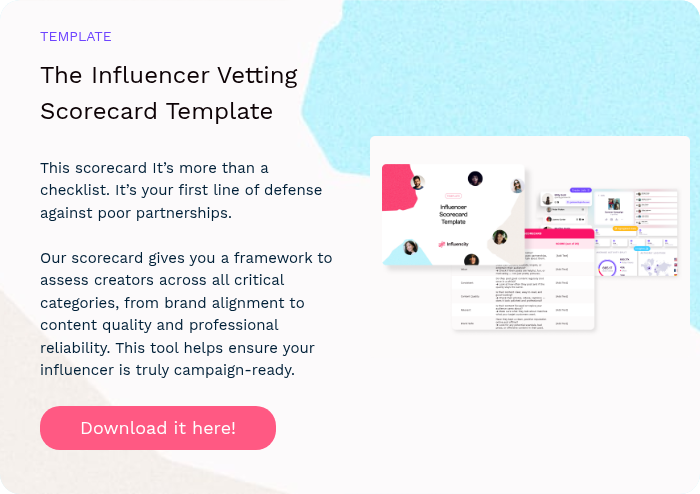

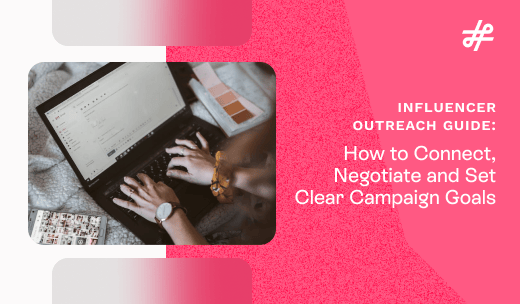




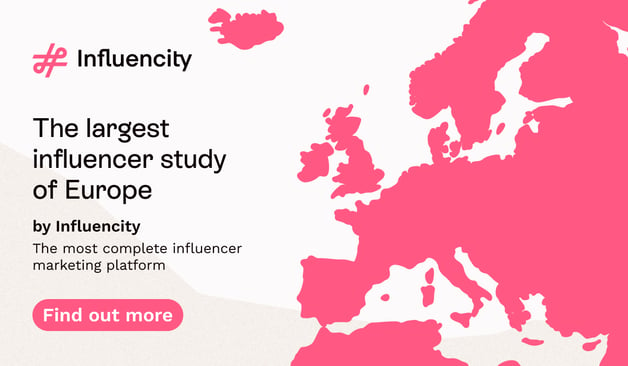

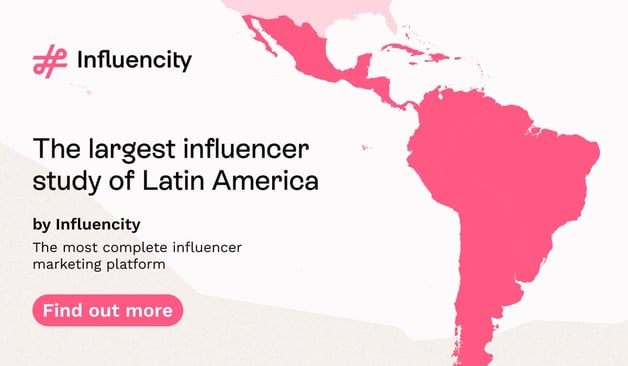


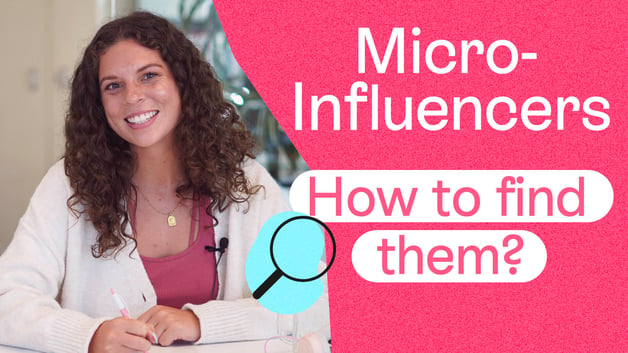


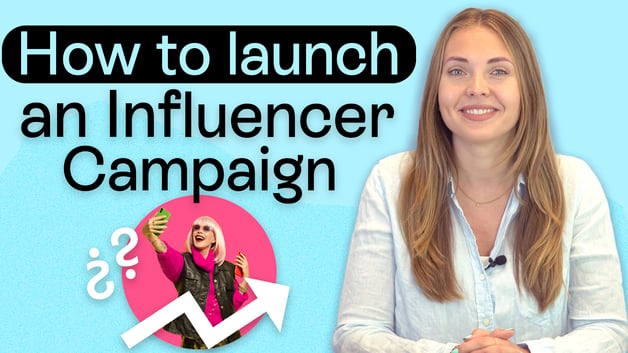

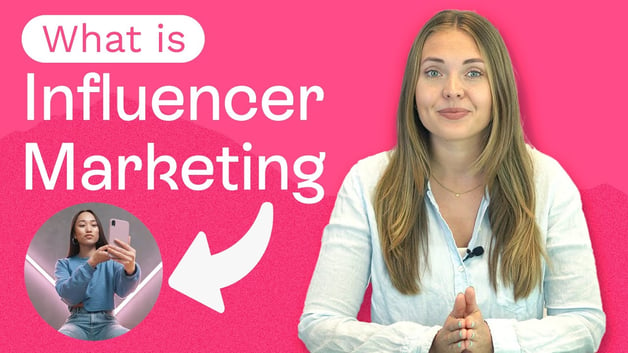

%20and%20How%20Can%20They%20Benefit%20Your%20Brand%20article.jpg?length=628&name=What%20Are%20Key%20Opinion%20Leaders%20(KOL)%20and%20How%20Can%20They%20Benefit%20Your%20Brand%20article.jpg)
